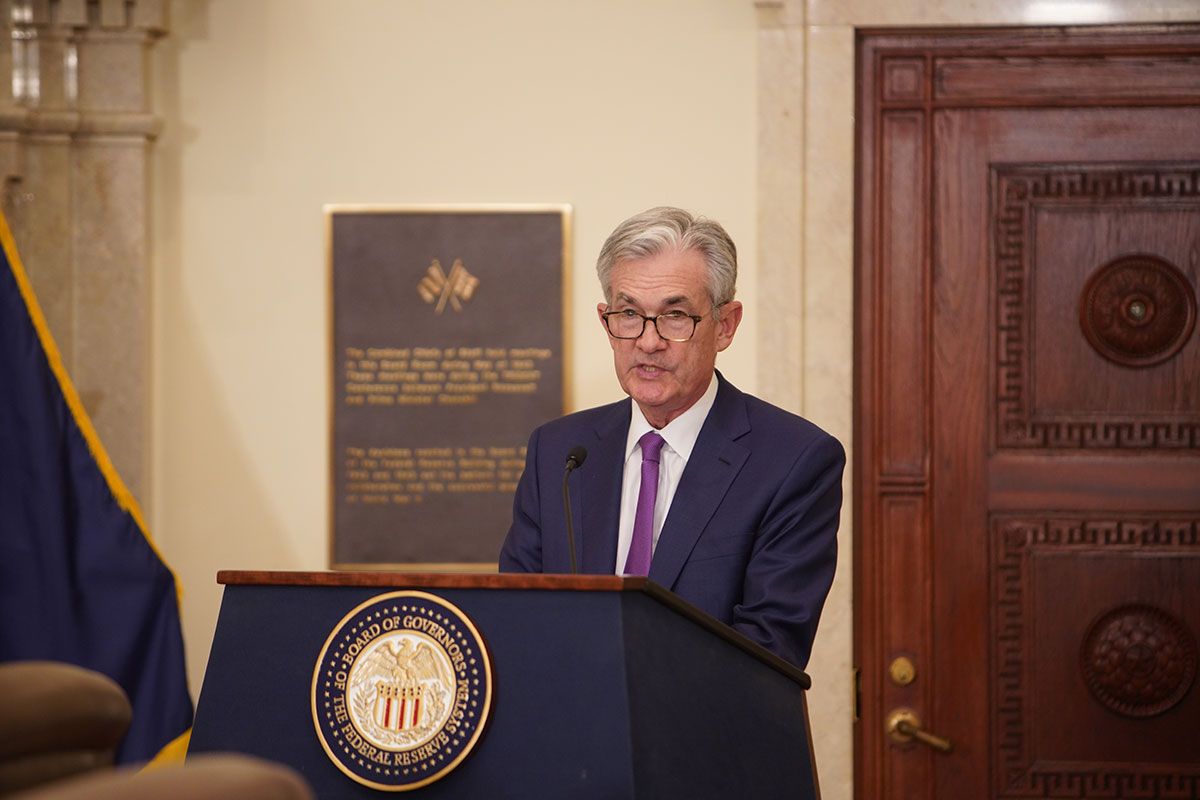BREAKINGVIEWS-Powell’s Fed finale: a self-unraveling consensus

By Gabriel Rubin
WASHINGTON, Aug 22 (Reuters Breakingviews) - President Donald Trump might get a rate cut. In his final speech at the annual Jackson Hole confab, Federal Reserve Chair Jerome Powell signaled an openness to easing policy in September. It’s a brief moment of accord between the central banker, the White House and giddy stock markets. Yet the reason for cutting is that twin harms inflicted by the trade war are momentarily in balance. Amid threats of criminal investigations and firings, as well as attacks on economic data, presidential meddling in the nominally independent agency is growing. More sparring awaits as the brutal realities of a slowing economy become clearer.
Powell’s address in Wyoming on Friday laid out plenty of reasons for uncertainty, most of which stem from the administration’s policy on tax and trade. He noted that, with tariffs taking effect at an uneven and extended pace, upward pressure on inflation could last for a while as companies continuously struggle to adjust. The nightmare scenario would be if this leads workers to demand raises to cope with a higher cost of living, setting off a wage-price spiral.
That worry is, for now, outweighed by concerns that the labor market has grown steadily weaker, creating a “challenging situation” for the policy-setting Federal Open Market Committee. Given this “curious balance,” Powell cautiously nodded to a September rate cut. Investors reacted with glee, sending the S&P 500 Index .SPX up nearly 2%.
Further cuts would be data-dependent, Powell said, and “we will never deviate from that approach.” That line might be a snoozer in a regular year, but since this is his last visit to the Grand Tetons as chairman, it carries extra weight. The Fed’s ability to set monetary policy without interference is under attack — just ahead of the speech, a man was escorted from the hall by sheriff’s deputies for heckling Lisa Cook, a governor whom the administration has accused of committing mortgage fraud. Trump threatened to fire her as Powell stood at the podium. The president has also fired the head of the Bureau of Labor Statistics, the independent data collection agency on which the Fed, as much as anyone else, relies.
The White House’s sway will only grow. Trump nominated loyalist Stephen Miran to fill a recent Fed vacancy. For the first time in over 30 years, two FOMC members voted against a decision to hold rates steady this summer, both appointed by Trump in his first term. Aspirants auditioning to lead the bank may well take a similarly dovish line. The question is what happens if and when economic conditions start moving sharply against them. Powell’s approach is often soft-spoken, but his warning is clear.
Follow Gabriel Rubin on Bluesky and LinkedIn.
CONTEXT NEWS
U.S. Federal Reserve Chair Jerome Powell delivered the final address of his term to the Jackson Hole central banking conference in Wyoming on August 22.
Powell pointed to a possible interest rate cut at the Federal Open Market Committee’s September meeting but did not commit to one, in remarks that acknowledged growing risks to the job market while also saying the danger of higher inflation remains.






